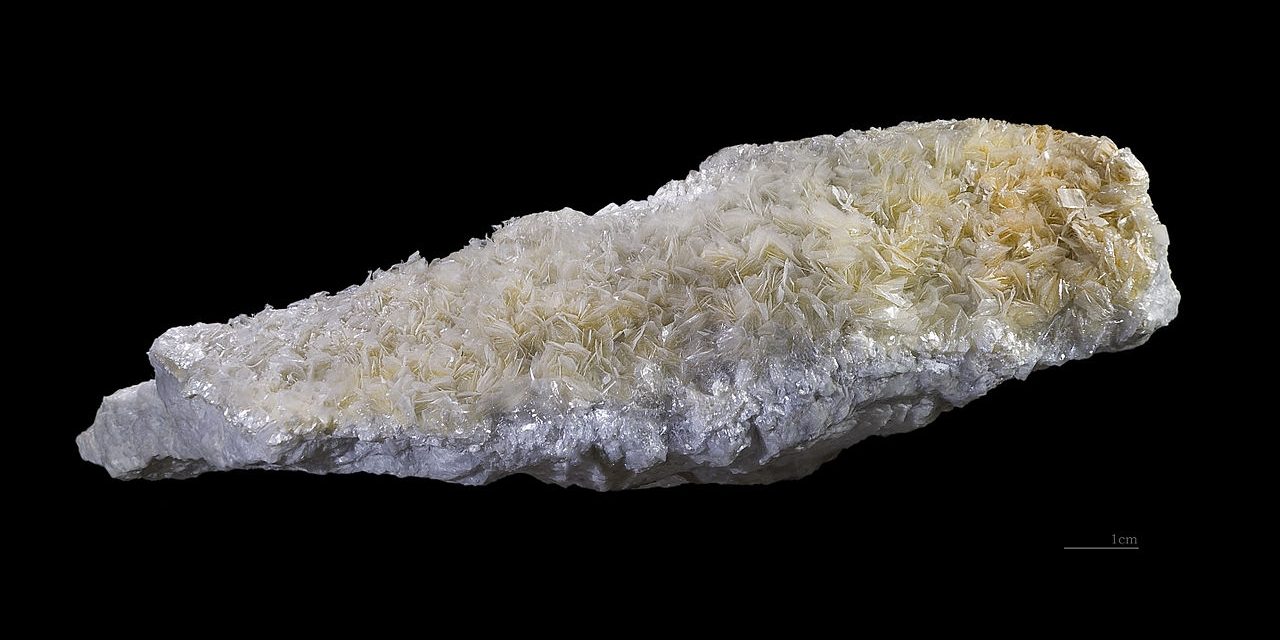Overview of the Market
COVID-19 had a negative impact on the market in 2020. This has a negative impact on the market’s growth. However, the situation is likely to improve in 2020, propelling the market forward over the projection period.
The talc market is estimated to be worth more than USD 2.3 billion, with a CAGR of more than 4% expected during the forecast period (2021-2026).
In the medium term, rising demand for industrial and marine coatings is driving up demand for talc, which is used in industrial coatings and has benefits like corrosion resistance, solvent reduction, and high adhesion.

On the other hand, health concerns in cosmetics and the impact of the COVID-19 pandemic are predicted to stymie the market’s expansion.
In the future, the increased need for thermoplastics in the aircraft industry is projected to present an opportunity. When compared to their thermoset equivalents, thermoplastics are predicted to play an increasingly crucial role in expediting future aircraft building. They provide a number of advantages, including very short production periods and cheap total prices.
Because of China’s growing plastics market and the presence of white talc reserves in countries like India, Asia-Pacific dominated the global talc market.
The Report’s Scope
Talc is a soft, hydrous magnesium silicate utilised in a variety of industries such as plastics, rubber, paints, paper, and pharmaceuticals. The market is divided into two sections: deposit and end-user industries, as well as geography. Talc chlorite and talc carbonate are the two deposits that make up the market. Pulp and paper, paints and coatings, plastics and rubber, food and beverage, personal care, pharmaceuticals, and other end-user sectors are among the market’s segments. The research also includes talc market statistics and predictions for 16 countries across major regions. Market sizing and forecasting have been done on the basis of value for each segment (USD million).
Market Trends to Watch
Demand from the Plastics and Rubber Industries is Growing
Talc is mostly utilised as a filler in the plastic industry. Talc particles have platy forms that help strengthen the stiffness of polypropylene, vinyl, polyethylene, nylon, and polyester goods. This improves the heat resistance of these items while also reducing shrinking.
Talc improves plastic qualities such hardness, tensile strength, toughness, impact absorption, stability, and electrical insulation. It also reduces energy loss from electrical equipment since it is an excellent insulator.
Plastic production is expanding over the world, which is likely to raise talc demand over the forecast period.
Talc is used in the manufacture of rubber to give it bounce and to keep it from becoming sticky. Talc’s properties, such as its excellent heat resistance and bonding abilities, make it a viable option for rubber applications.
Talc reduces the viscosity of rubber compounds, making moulded parts easier to produce. It also improves extrudate characteristics and the UV radiation resistance of vehicle profiles’ exterior sections. Talcs are used as insulators in the tyre production process and as processing aids.
Talc also aids in the improvement of the mechanical characteristics of rubber composites. It aids in gas permeability and electrical conductivity reduction. These characteristics are boosting talc demand in the rubber industry, which is likely to propel the global talc market at a rapid pace throughout the forecast period.
During the forecast period, all of the aforementioned factors are projected to drive demand in the talc market.
The market will be dominated by the Asia-Pacific region.
With increased demand from nations like China, India, and Japan, the Asia-Pacific region controlled the global market share.
China has a sizable plastics industry that relies on a steady supply of talc to operate. Talc is found in 15 Chinese provinces, with Liaoning, Shandong, Guangxi, Jiangxi, and Qinghai accounting for more than 90% of total deposits.
China stopped producing its own pulp, resulting in an increase in pulp pricing, which is likely to slow the development of talc use in the country’s pulp and paper industry.
India is one of the few countries with reserves of white talc. Talc deposits may be found all across the country. The majority of white talc produced is consumed within the country.
The state of Rajasthan produces the majority of commercial talc. The country’s two largest talc producers (Golcha Group and Golcha Associated) are situated in Jaipur, Rajasthan, and supply talc of exceptional grades to the cosmetics and polymer industries.
In addition to these large-scale producers, the country contains a number of small-scale producers who make standard or low-quality grades.
Despite the fact that India’s pulp and paper market is expanding at roughly 6-7 percent per year, the industry has seen a reduction in production over the last three years, according to the IPMA (Indian Paper Manufacturers Association). Consumption, on the other hand, has been steadily increasing.
In terms of the proportion of output to demand, Japan’s plastics sector is stable and balanced. The amount of plastics exported from the country is always more than the amount imported. Notably, the majority of the commerce is with Asian countries.
COVID-19, on the other hand, had a negative influence on all end-user industries save pharmaceuticals in 2020, slowing the market’s growth. However, in 2021, the situation is likely to improve, propelling the talc market forward throughout the forecast period.
During the projected period, all of these factors are expected to enhance talc demand in the region.
Read also: Aquaculture Market




Leave a Reply